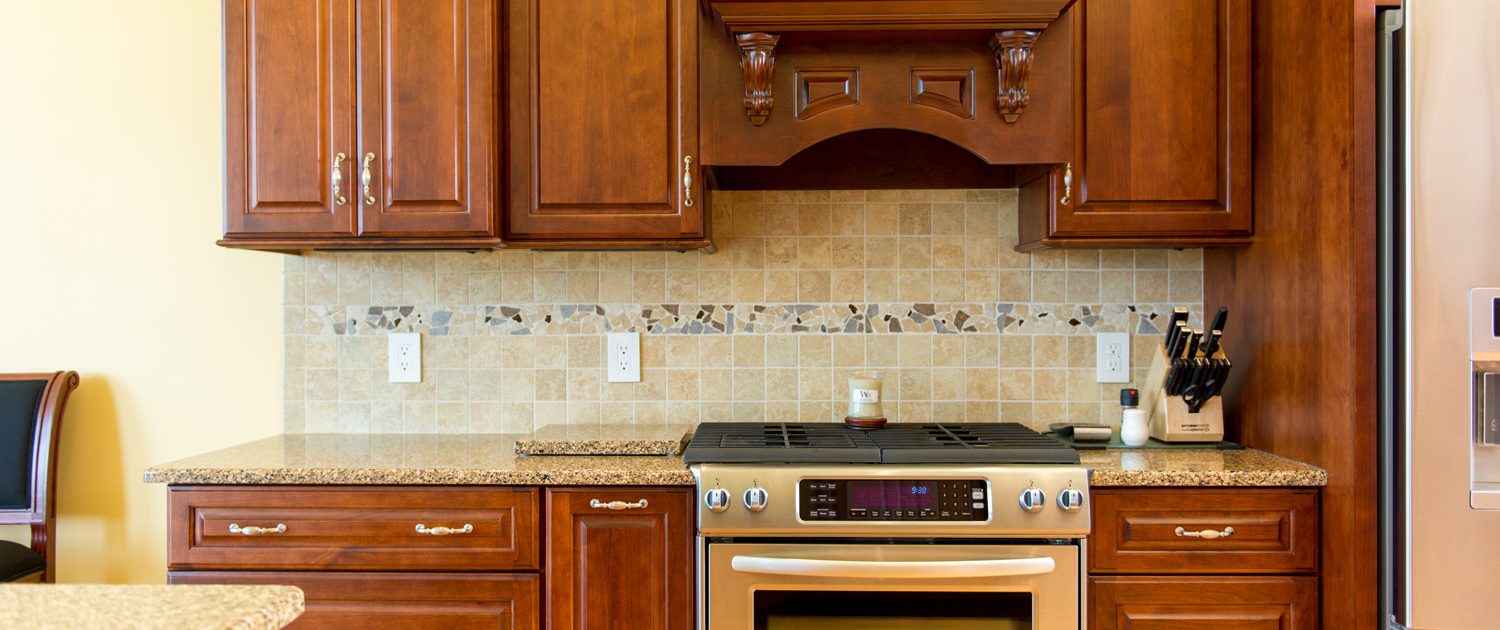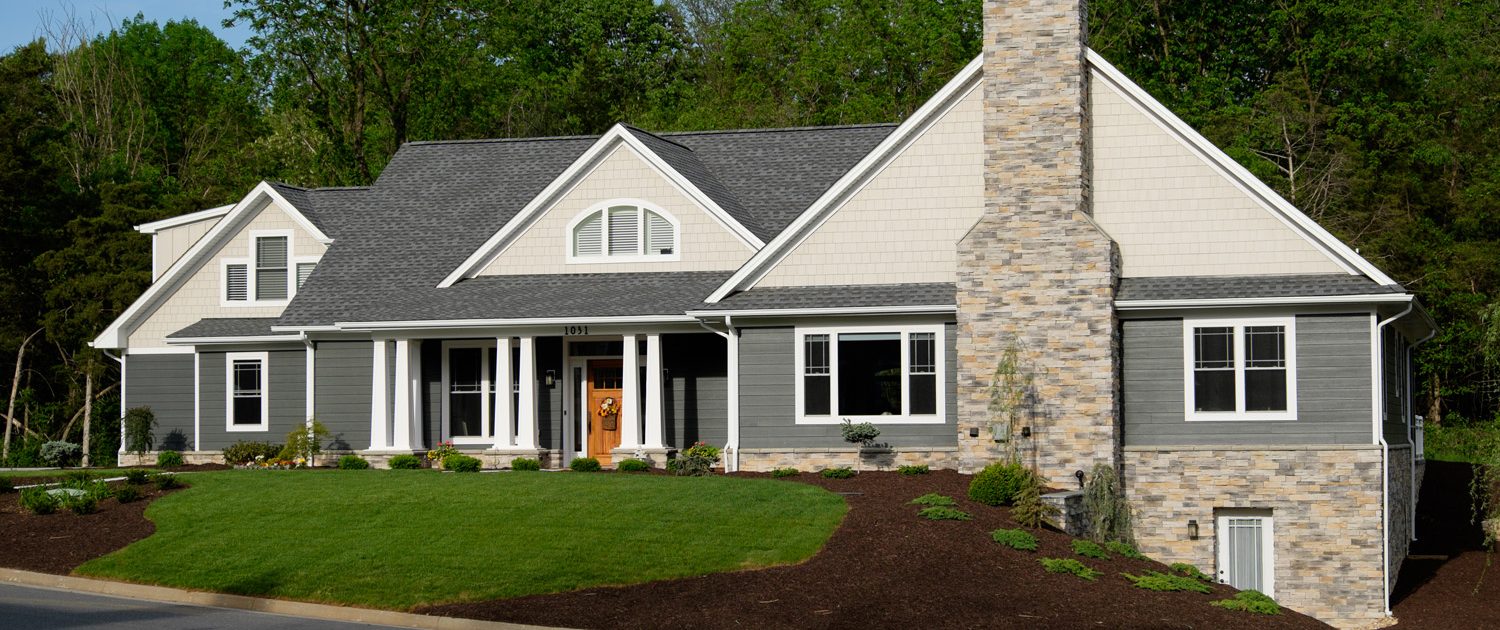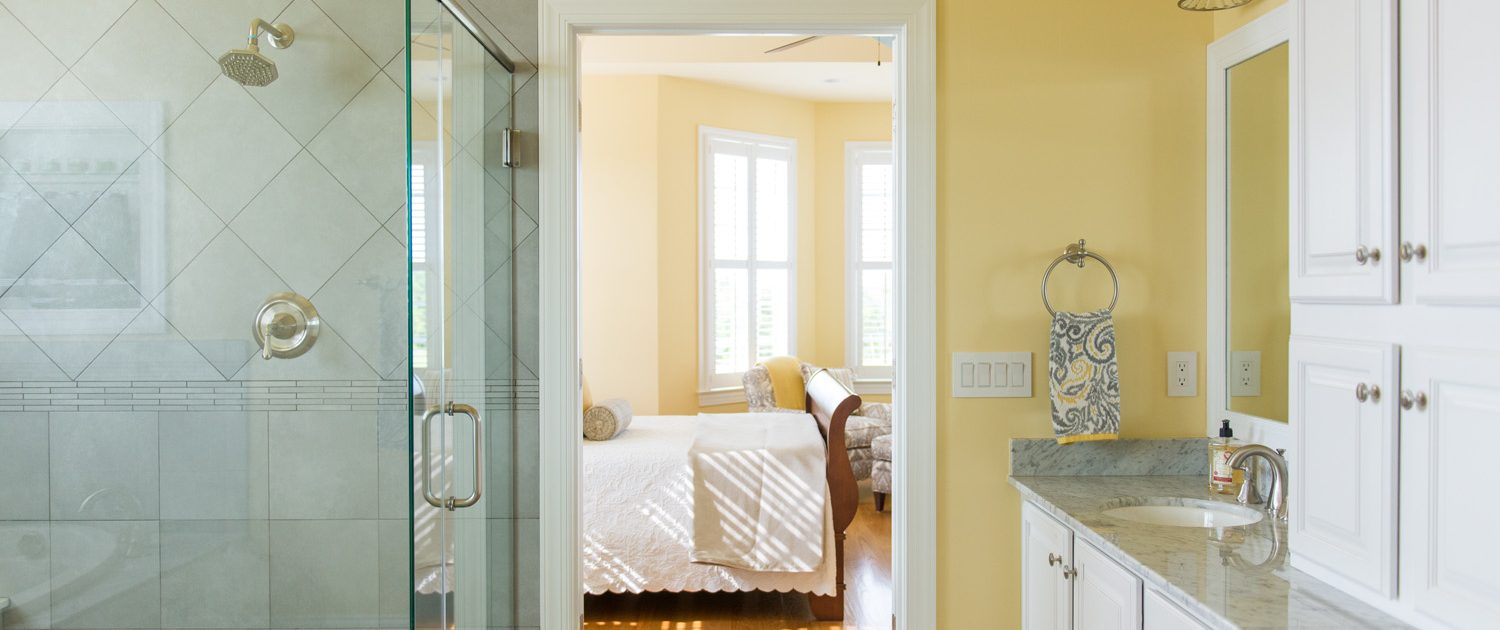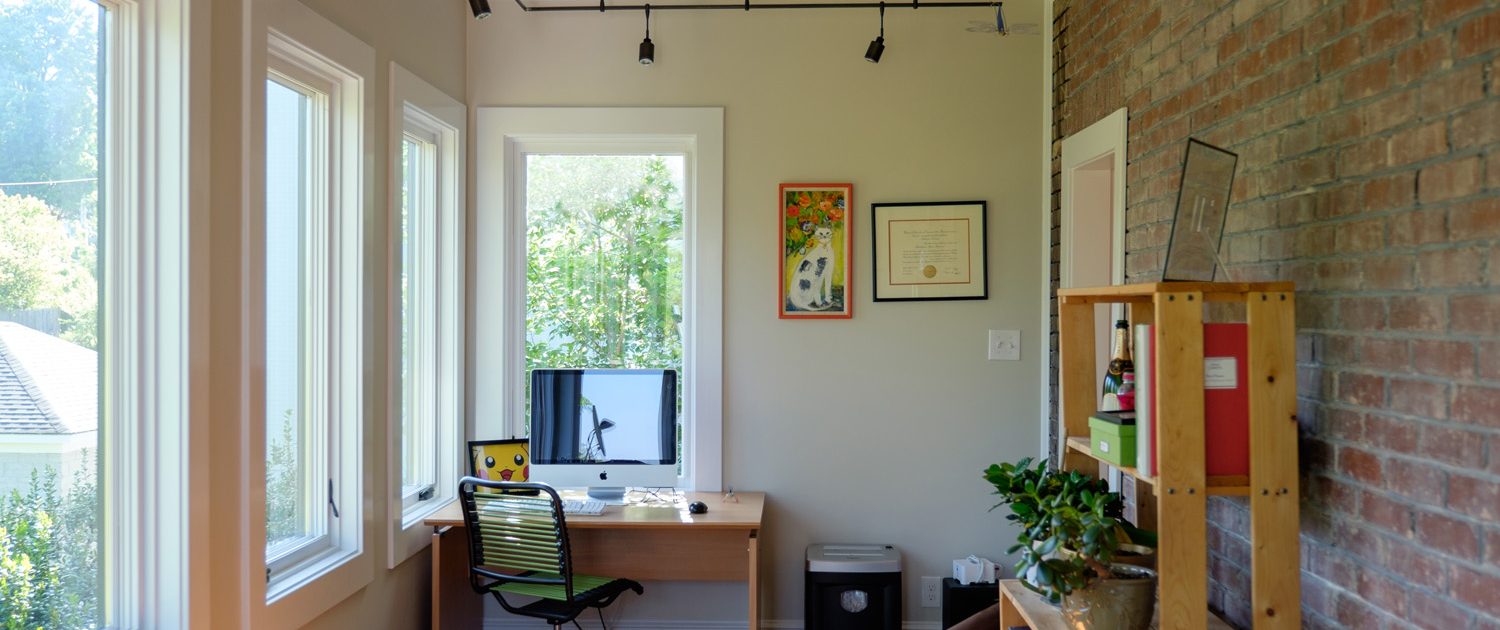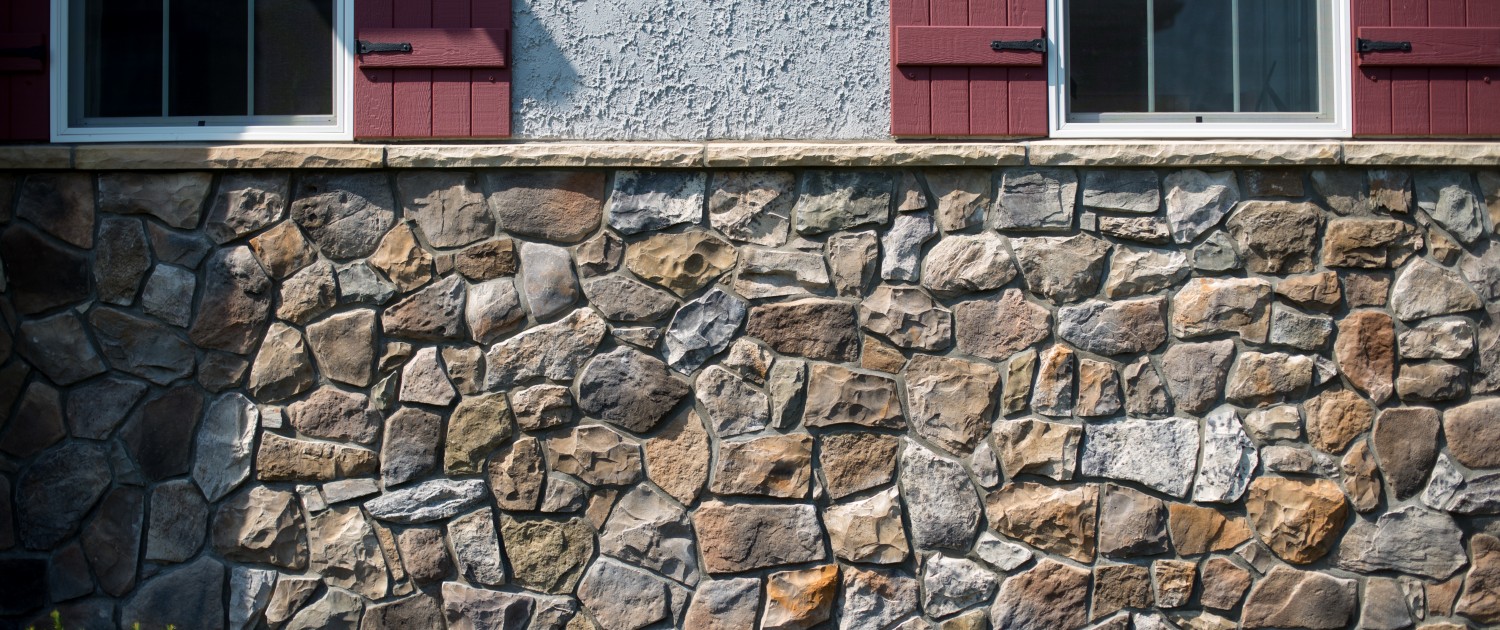To Buy or To Build? That is the Question.
Realtors often contact me with a version of the following dilemma: “Aaron, I’ve been working with clients for a very long time, we’ve viewed countless homes for sale and nothing seems to be quite right. Would you consider meeting with them and discussing building a new home for them?”
My response is always the same: yes!
But the question of buying an existing home vs building a new home is complex, and usually requires more than simply an initial meeting.
Buying an existing home in the current housing market is almost always less expensive than building new. This is true for two main reasons: The first reason is existing homes have been around longer, were constructed with materials that are less expensive, have depreciated over time, and unlike the pre-2008 housing market, have mostly lost value over the last 8 years. The second reason is that to construct a new custom home, contractors must incur a large amount of “general conditions,” or planning and preparation costs, to construct that new home, like excavation, permits, house plan design costs, structural engineering costs, and utility connections. All told, custom home contractors in some cases must spend as much as 20% of the total cost of a new home, on preparing the site before one brick is laid.
So why does anybody build a new home!? The answer lies in the same reason consumers buy Cadillacs and free range eggs. These products cost more than Chevy’s and store brand grade A large white eggs, but the consumer gets much more in return. The feel of a heated steering wheel and a supercharged engine, and the golden color of a free range egg yolk frying in the skillet justify the extra cost, and the same is true for new custom homes.
New custom homes, constructed by top custom home contractors, come packed with the latest features, like state of the art insulation and super high efficiency heating and cooling systems. Customers can participate in the process of building new custom homes, side by side and in partnership with their custom home builder, so they know exactly what materials are behind the walls and exactly how the home was constructed. Custom home contractors also customize the home for the clients’ specific needs so customers can thrive in their new home, instead of living with inconveniences of a home that was designed and occupied by someone else.
Existing homes, though usually less expensive, also usually come with unexpected baggage. What type of insulation was used in the walls? How old is the HVAC system? What materials were used in the plumbing pipes? Which walls are load bearing? Are any of the appliances still covered by the original manufacturer’s warranty? Is the window manufacturer still in business to service the windows? Often the process of answering these questions and solving these problems, costs consumers as much, if not more, money in the long run as paying more for a new custom home up front.
If you find yourself in the position of debating buy vs build, consider the hidden costs that may accompany that low price tag, and the benefits that will likely accompany the cost of new construction.
And if you would like to schedule a complimentary consultation to explore this question together, the answer is always yes!





